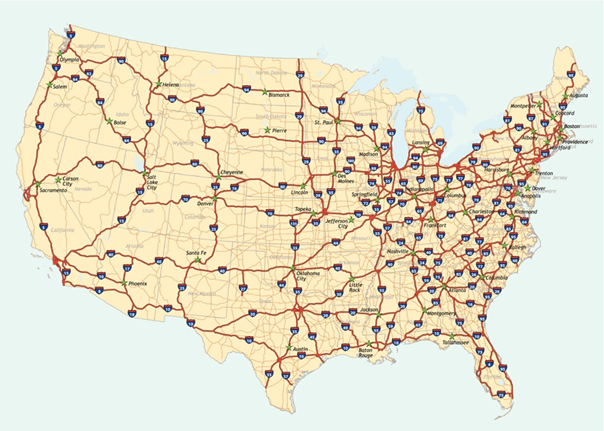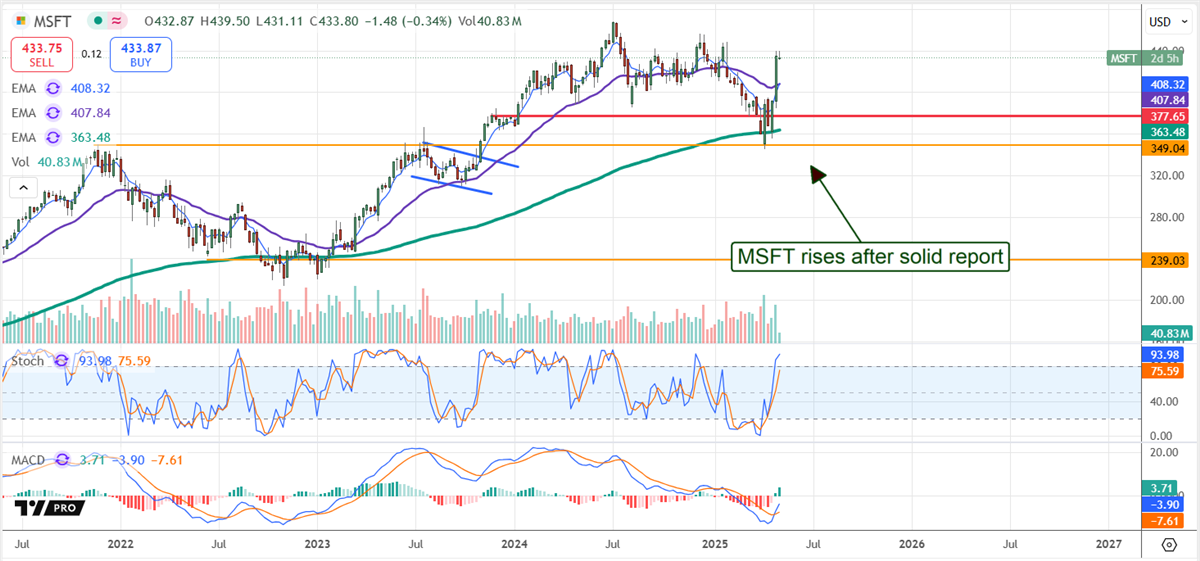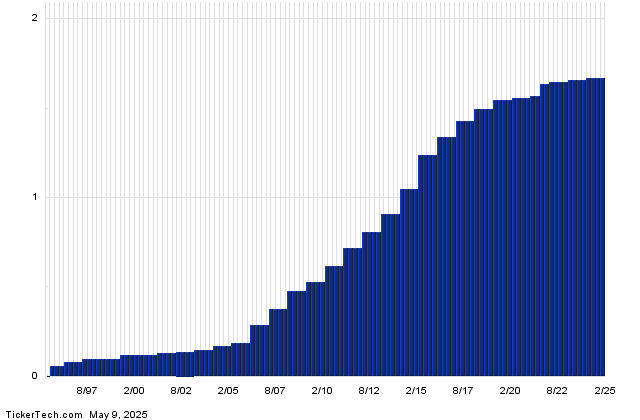Funding the AI Future: Trump’s $500 Billion Vision for Infrastructure
Since President Donald Trump’s inauguration, the pace of news has been overwhelming, making it difficult to keep up with the latest developments.
The chatter about Greenland? That feels like ages ago. A few weeks back, concerns revolved around China’s new AI model, DeepSeek, and its implications for the American tech landscape. And discussions about tariffs on Mexico and Canada? That’s so last week.
While many topics quickly fade from the headlines, significant proposals tend to endure, facing challenges in Congress or waiting for funding before they materialize. However, one agenda item from Trump is generating wide support from across the political spectrum.
Investment Imperative
Goldman Sachs estimates that the United States needs to allocate $500 billion by 2030 for enhancing the electrical grid and data centers necessary to fuel AI advancements.
This $500 billion mirrors the investment for Trump’s Project Stargate, a collaborative initiative involving OpenAI, SoftBank, and Oracle, aimed at developing AI infrastructure and generating over 100,000 jobs in the U.S.
To put this financial figure into perspective, if you laid $1 bills end to end, you would cover approximately 586 feet with just $586. Extending that $500 billion would reach around 48 million miles—about half the distance from the Earth to the sun.
Surprisingly, these financial figures are not extraordinary for U.S. infrastructure projects. For instance, constructing the U.S. Interstate Highway System cost about $114 billion spread over 35 years, equivalent to over $500 billion today.

The extensive 48,890 miles of America’s highways fostered considerable economic growth. Now, the country must invest a matching amount over just five years to establish the energy infrastructure required to compete in an AI market projected to surpass $1.8 trillion.
Competing for AI Dominance
China poses the primary challenge for that $1.8 trillion market, with the launch of DeepSeek serving as a stark reminder that America’s victory is not assured.
This has solidified support for President Trump’s AI initiatives across the board. Nevertheless, market fluctuations may still occur as these developments unfold.
Investment expert Louis Navellier recently advised his Growth Investor subscribers to remain calm amidst the concerns regarding DeepSeek and tariffs.
The fears surrounding [DeepSeek and tariffs] were vastly overblown—and it’s time for Wall Street to shift its attention back to the fourth-quarter earnings announcement season.
The fact is fourth-quarter results have been impressive so far.
FactSet reports that nearly half of S&P 500 companies have posted results so far, with 77% of these companies posting a positive earnings surprise. As a result, the S&P 500 has achieved 13.2% average earnings growth in the fourth quarter, up from estimates for only 11.8% at the end of the fourth quarter.
Louis’ investment strategy focuses on staying with stocks that have strong fundamentals.
His Growth Investor subscribers have already been positioned in superior stocks benefiting from the AI megatrend.
However, following the news of DeepSeek, several companies that support the expansion of the electricity grid for new data centers faced severe losses, including Louis’ recommended stocks—Vistra Corp. (VST) and Vertiv Holdings (VRT). These stocks experienced sharp declines and have yet to fully recover.
The chart below illustrates the impact on Vistra’s stock following the DeepSeek announcement. Despite this downturn, the stock has risen more than 200% since Louis recommended it just over a year ago.

Investment Insights: Navigating Market Trends and the Rise of Autonomous Vehicles
It seems to be a common occurrence for Vertiv, which faced a downturn two weeks ago but has since increased by nearly 70% since its recommendation last March.
Despite fluctuations, both stocks remain below their recommended buy-up prices from Louis Navellier’s Growth Investor.
Louis Navellier offers crucial advice for investors during turbulent market conditions:
Market distractions can create noise, but if we focus on fundamentally strong stocks in the Growth Investor portfolio, we can withstand each dip. Positive earnings results should help propel these stocks higher in the following days and weeks.
AI Innovations: Beyond the Expected
As we enter earnings season, it’s important to note that AI success stories extend beyond the typical tech firms. AI has captured investor interest for over two years, mainly spotlighting platforms like ChatGPT, Claude, and DeepSeek.
However, numerous companies are finding ways to harness the power of AI.
Luke Lango, an expert in hypergrowth investing, closely monitors this trend. His observations aren’t just theoretical; he’s experienced these developments firsthand. For example, many may not have seen his September video where he rode in a Waymo driverless vehicle.
AI plays a crucial role in autonomous driving technology, enabling these vehicles to interpret surroundings, make informed decisions, and navigate safely. Waymo currently operates in cities like Phoenix, San Francisco, and Los Angeles, with plans to expand to Atlanta, Austin, Miami, and Tokyo soon.
Waymo is not the only player in the industry, as the regulatory landscape is becoming more favorable for autonomous vehicles.
Policy Changes and Their Impact on Autonomous Vehicles
Luke Lango recently communicated with his Innovation Investor subscribers about significant political developments:
Reports suggest that President Donald Trump will take steps to alleviate federal regulations on self-driving vehicles, facilitating broader deployment by companies like Aurora, Waymo, and Tesla across the U.S.
We strongly believe that 2025 could mark the mainstream emergence of self-driving cars.
This transition to autonomous vehicles heralds not only a new era in transportation but also unprecedented opportunities within AV stocks.
The global transportation services market exceeds $7 trillion, and autonomous vehicles promise to revolutionize this industry, potentially reshaping the flow of this vast sum through the global economy.
Luke has identified three stocks worth buying now for the self-driving revolution, offering a unique perspective beyond the well-known names of Waymo and Tesla. These smaller firms provide essential software and technology that enable the functionality of autonomous vehicles.
Investors have a chance to capitalize on this promising megatrend as it grows, particularly during what some are calling “Trump 2.0.” For more of Luke’s insights on these opportunities, you can watch his latest analysis by following this link.
As we observe the unfolding headlines about AI and technological advancements throughout 2025, investors have a valuable opportunity to position themselves for success.
Have a great weekend,
Luis Hernandez
Editor in Chief, InvestorPlace




